Esperit Roca is a restaurant of delicious brutalism and six-course desserts
In Girona, the Roca brothers dish up daring, sensory cuisine amid a 19th-century fortress reimagined by Andreu Carulla Studio
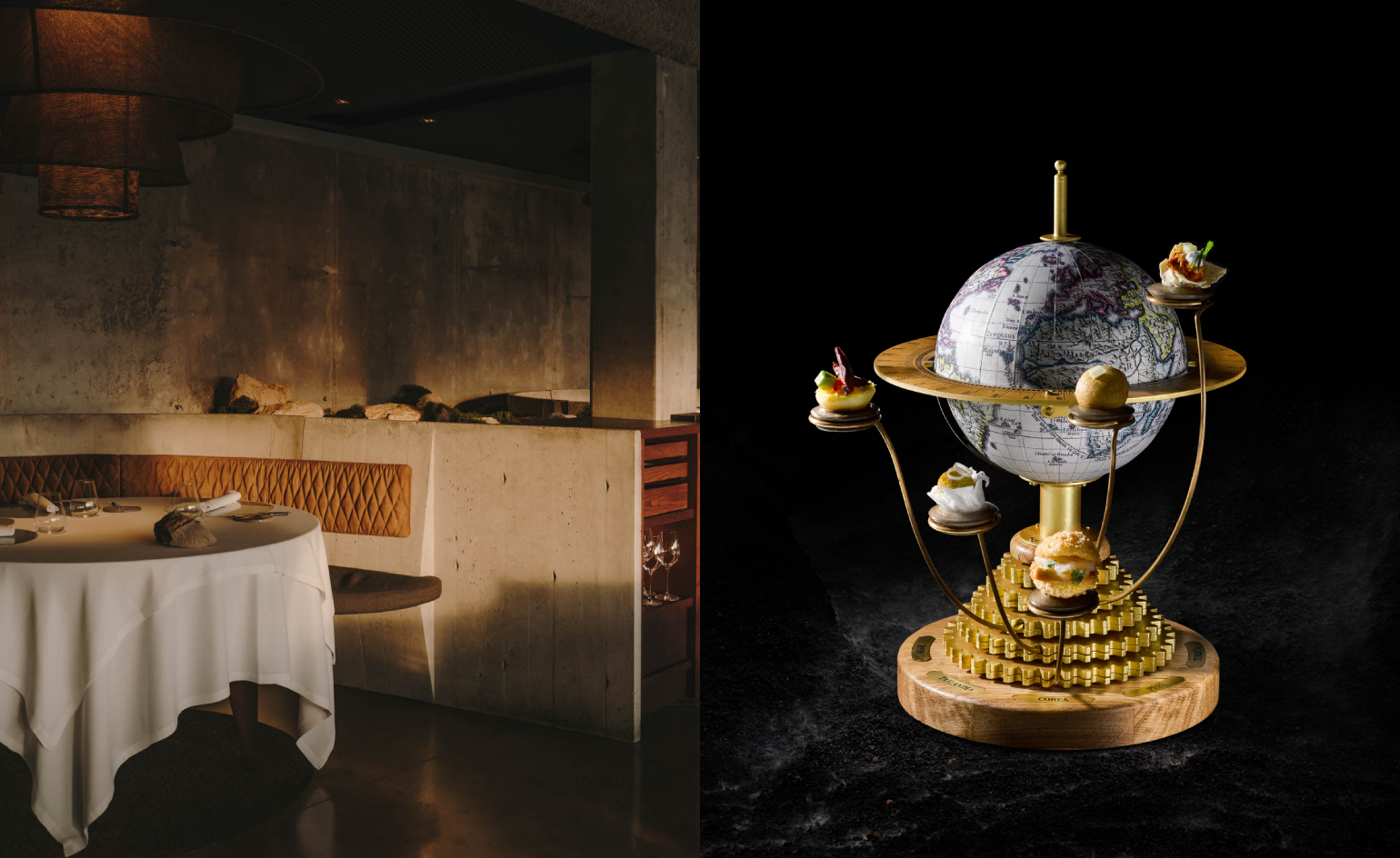
Set in a 19th-century fortress on the hilly outskirts of Girona, north-west Spain, a new restaurant evokes the beauty of raw materials with a rugged yet refined touch. Esperit Roca is part of a gastronomical centre by Spain’s renowned restaurateur trio, the Roca brothers, in a remote spot of northern Catalonia offering views across mountains, woodland and sea.
‘It’s a privileged part of the Mediterranean,’ says head chef Joan Roca. ‘We have ecosystems of wild products, with good agriculture, livestock and fishing.’ His new complex also houses a 16-bedroom hotel and will open a culinary research academy in future.
Wallpaper* dines at Esperit Roca, Girona
The mood: natural spirit with a rocky touch
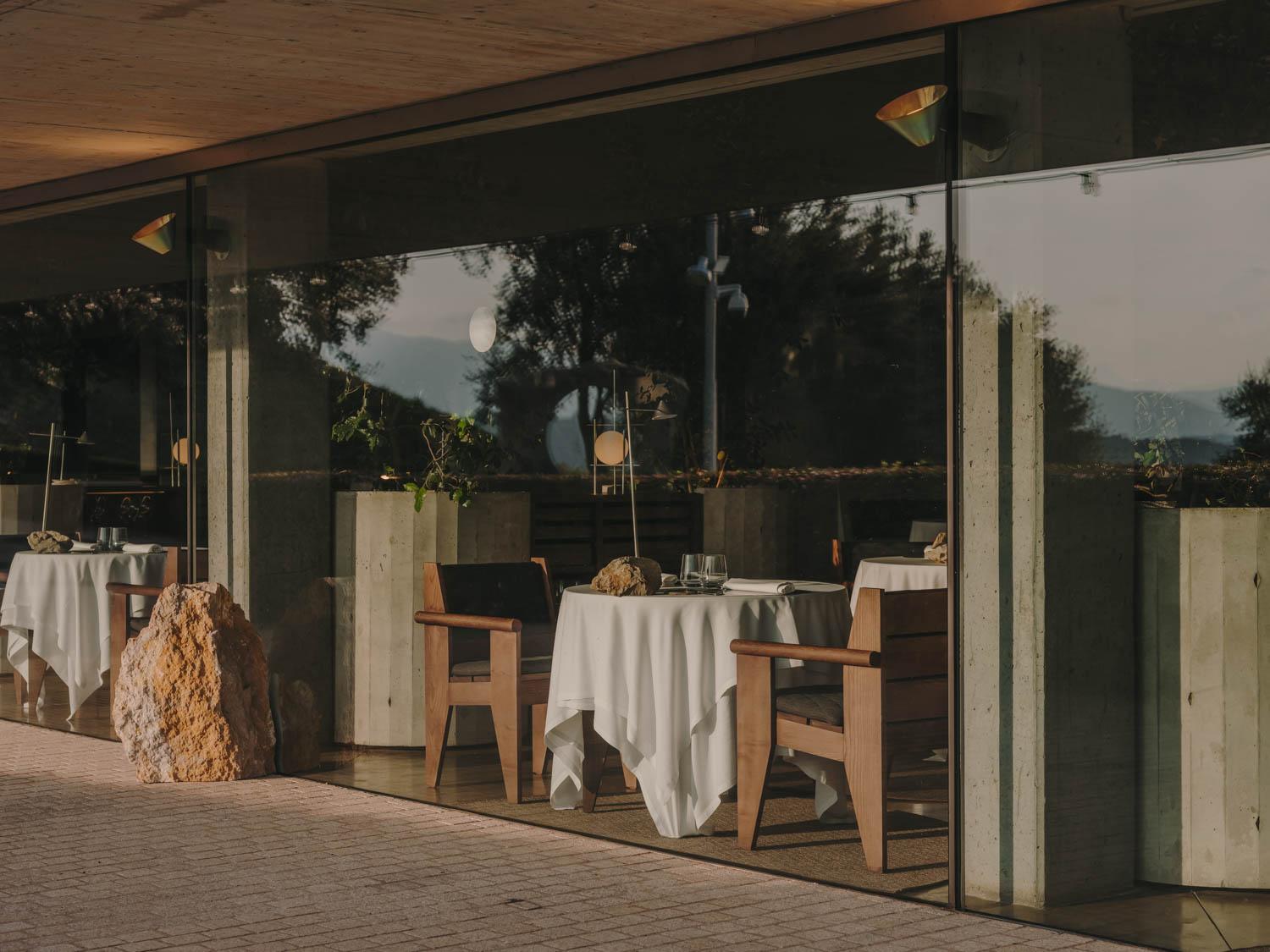
Stone, concrete and wood form the new restaurant’s interiors, with neutral shades of grey and green. It’s the work of Girona-based designer Andreu Carulla, who wanted to exude a sense of nature with an austere, brutalist feel.
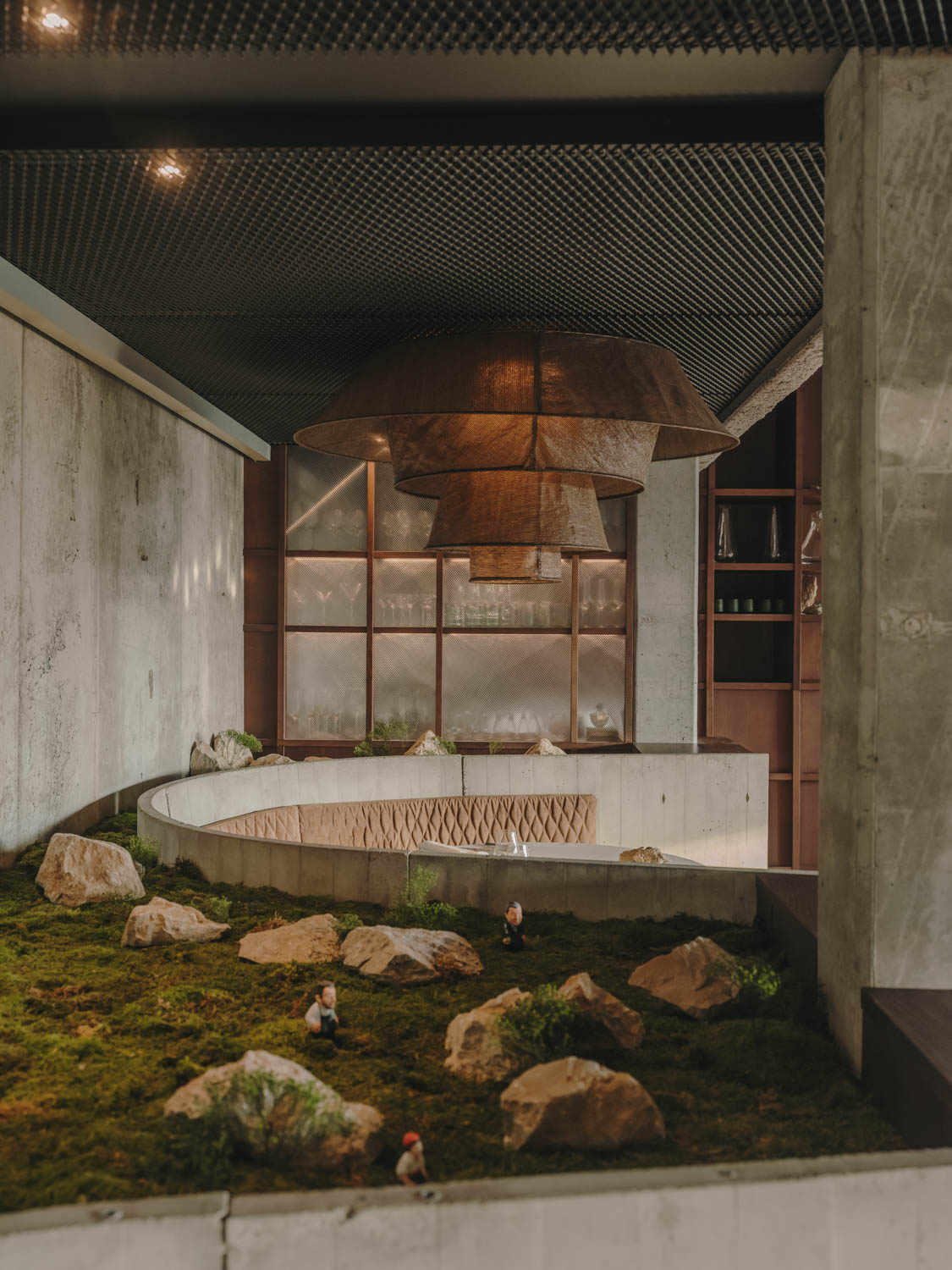
Carulla sourced piedra de Girona – a limestone characterised by the tiny fossils in its textured surface – from local quarries to sculpt counters, lamps, tables and the lavatories’ monolithic sculptural sinks. The pieces evoke the region’s rocky landscape while also echoing the original castle’s construction, which uses the same stone. ‘It’s not a noble material,’ says the designer, ‘but we wanted to elevate it with craftsmanship.’
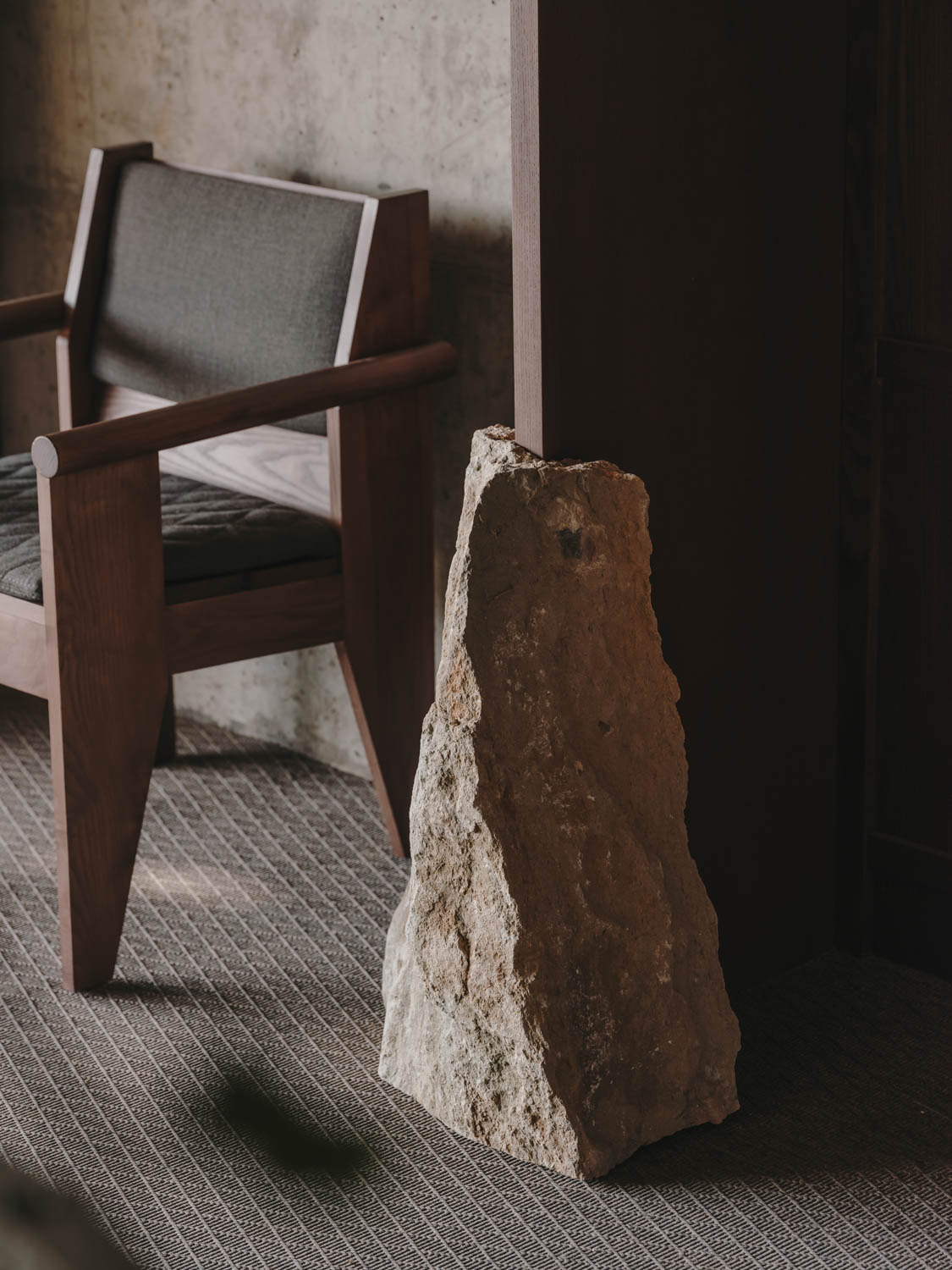
Custom-made furniture includes midcentury-inspired wooden chairs and curved concrete benches seating diners in intimate alcoves. Vegetation sprouts from large, cylindrical concrete pots, while curtains and overhead lamps are made from shade cloths used in local farming, a nod to the region’s rural traditions.
The food: jaw-dropping flavours with inventive style
Wallpaper* Newsletter
Receive our daily digest of inspiration, escapism and design stories from around the world direct to your inbox.
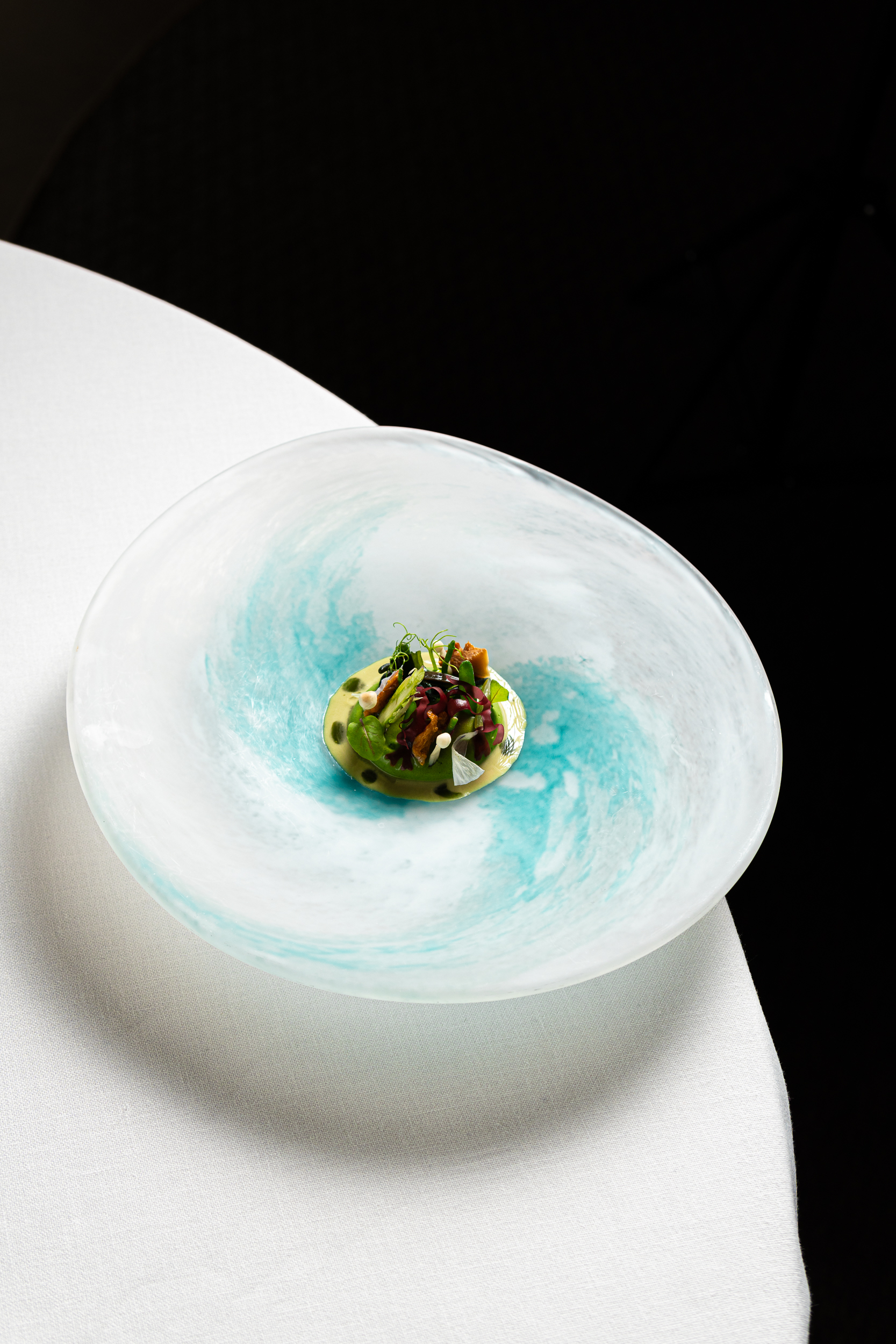
Concept-driven dishes include an ‘orange’ salad, where mussels and sea urchins complement the citrus fruit, and a ‘trilogy’ of turbot cuts – fin, loin and carpaccio – each with a different treatment. Exquisite local lamb and prawns are stylishly plated up, and who knew a pumpkin could do so much: three different types come dressed in juice, oil and milk from the fruit.
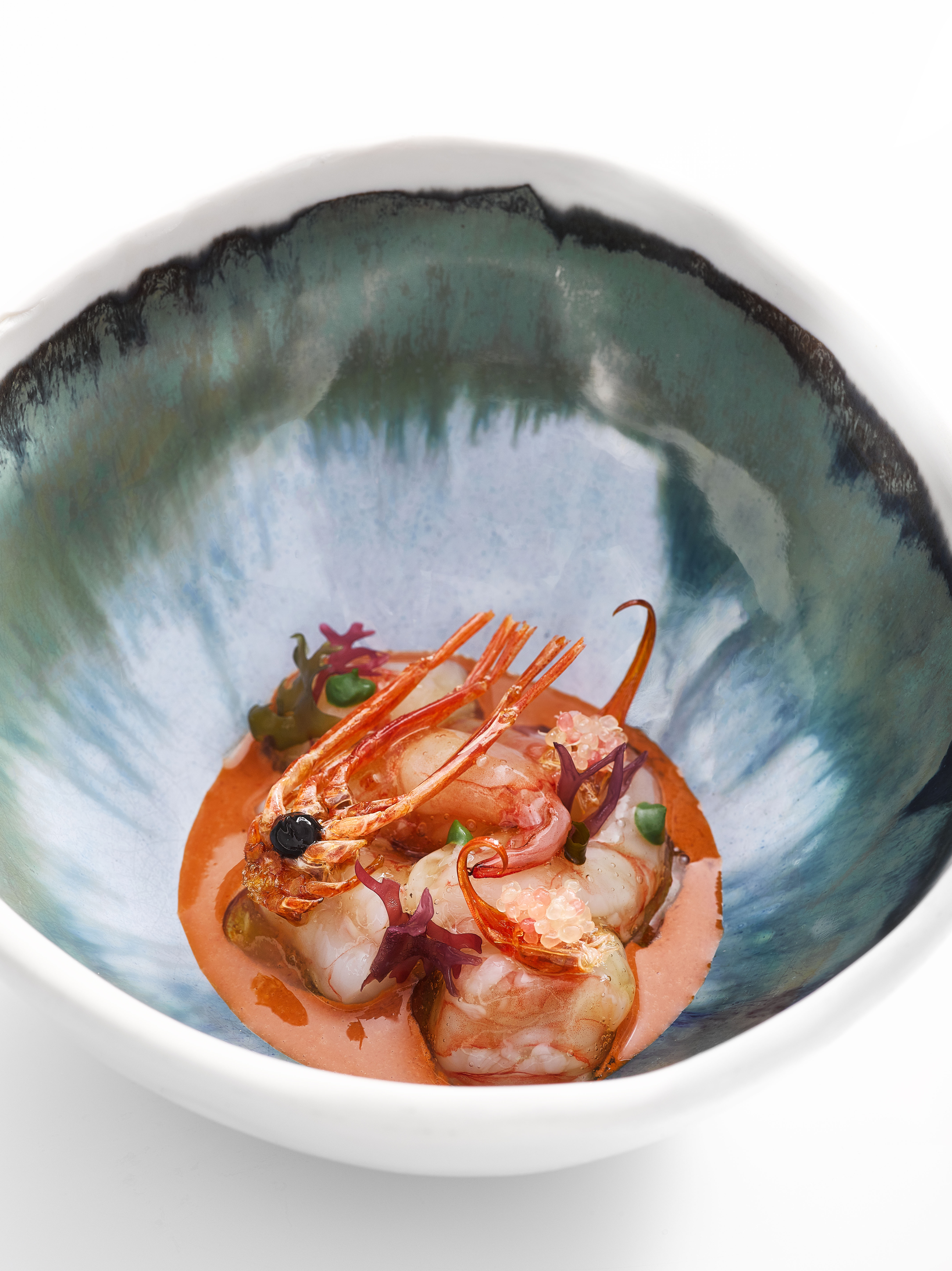
One of the tasting menus offers just two main courses but six desserts – it’s masterminded by pastry chef Jordi Roca, who shatters expectations of what puddings should be. One includes black chanterelle and powdered pine; another is infused with the aroma of old books.
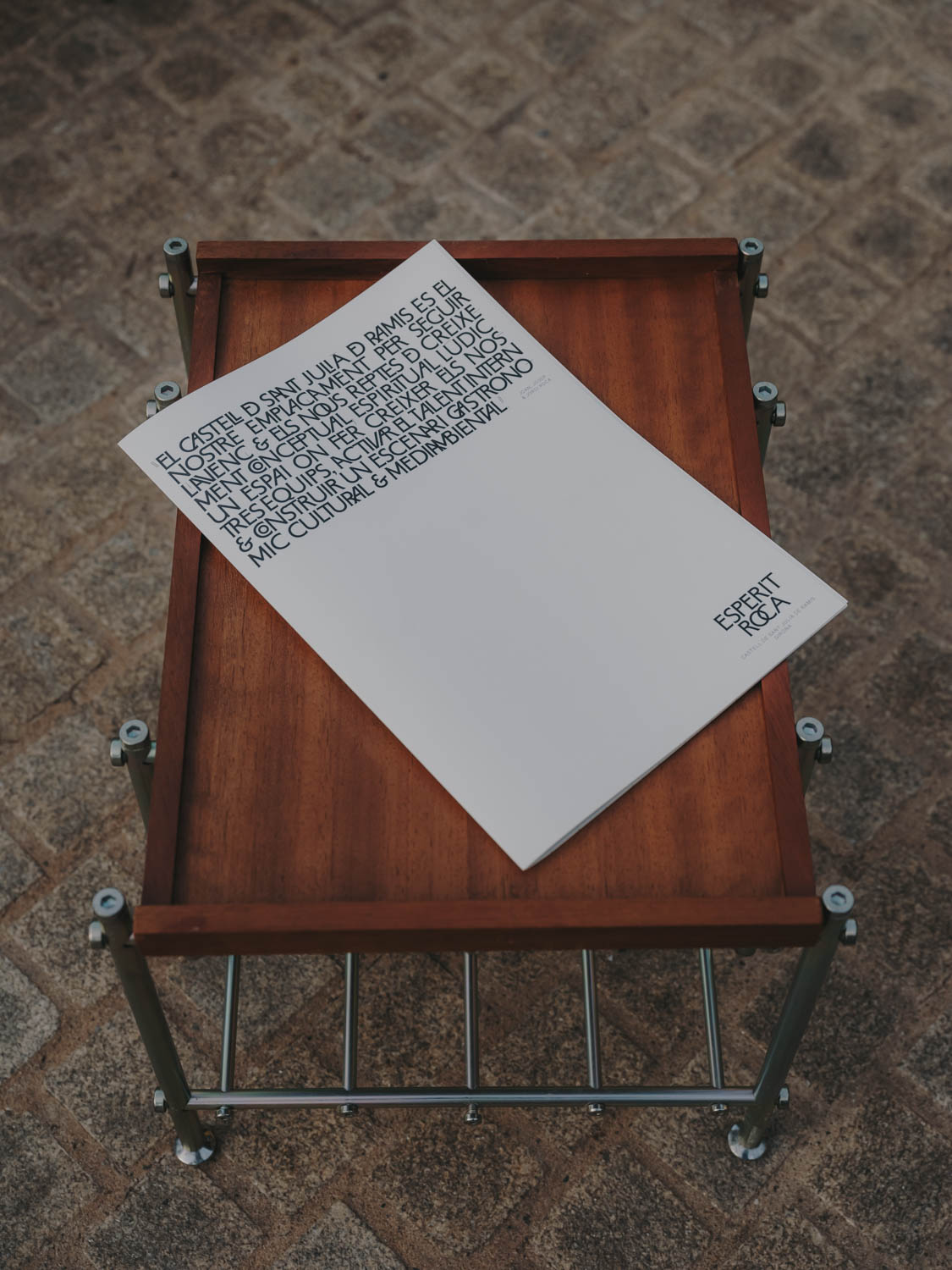
Diners enter via a giant dome housing sommelier Josep Roca’s wine cellar, where 80,000 bottles are shelved on an expansive, ephemeral-looking structure designed by Carulla from steel pipes totalling 20km in length.
Complete the Esperit Roca experience with spirits from the on-site distillery, crafted with flavours of gentian, mugwort and other fragrant local herbs.
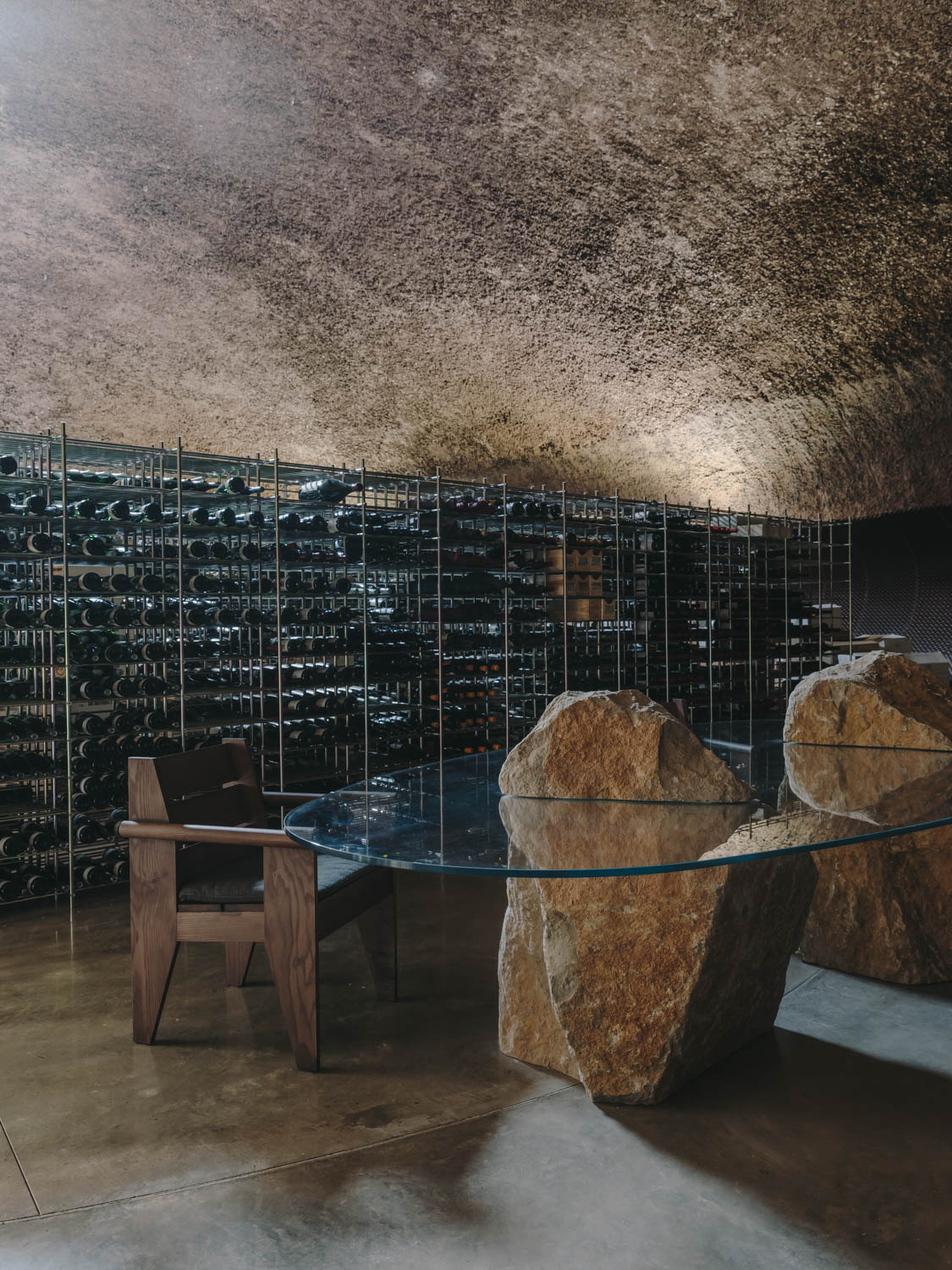
Esperit Roca is located at Carrer Major, Entrada 1, 17481 Sant Julià de Ramis, Girona, Spain; esperitroca.com
Agnish Ray is a travel and culture writer based in Madrid. Aside from Wallpaper*, he covers Spain for publications like The Guardian, The Times, The Telegraph, Financial Times, Conde Nast Traveller, Sleeper, Elephant, Kinfolk and others. Agnish has also worked as a strategist in the arts sector and as an adjunct professor at IE School of Architecture and Design in Spain.
-
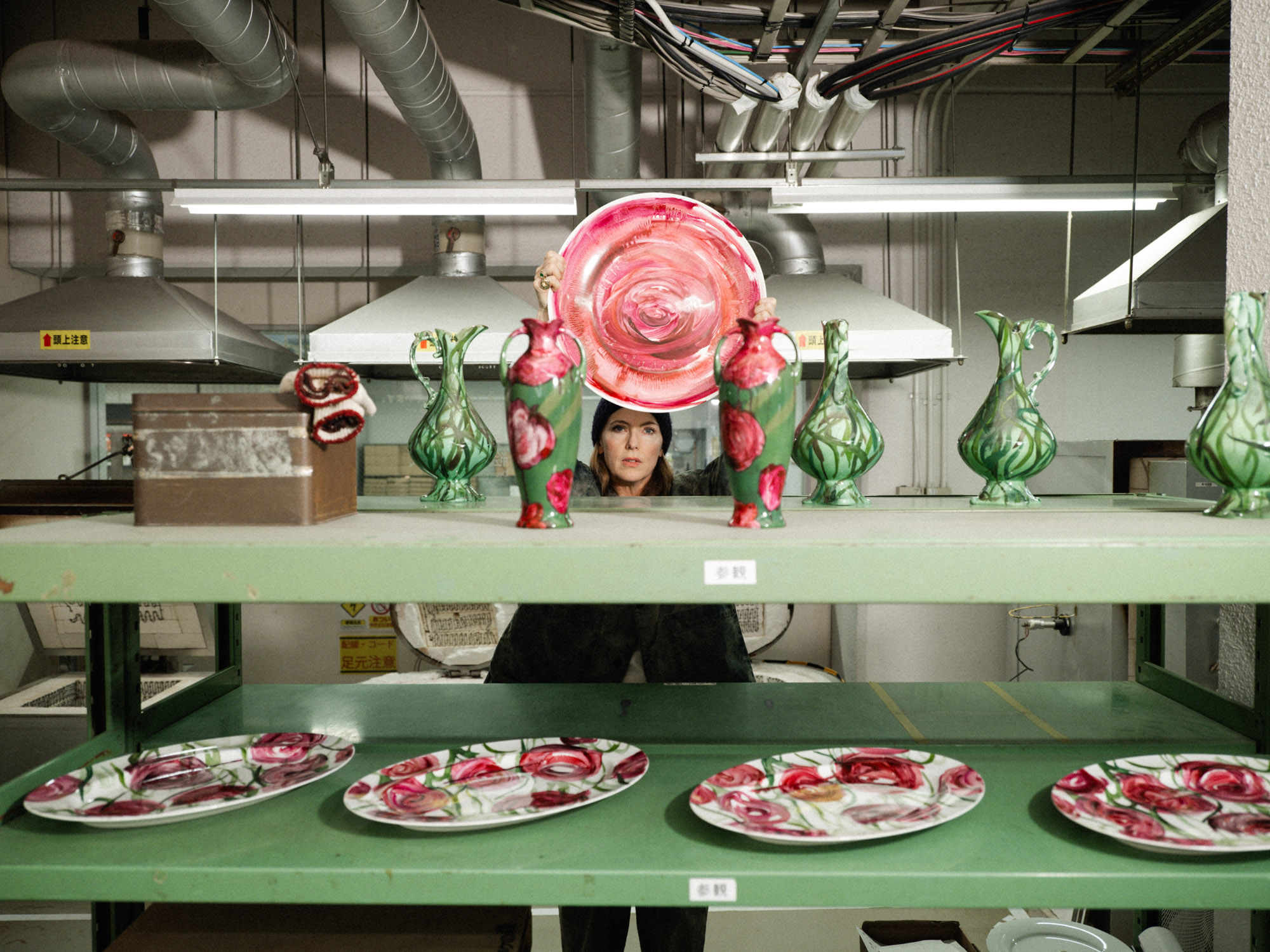 Faye Toogood comes up roses at Milan Design Week 2025
Faye Toogood comes up roses at Milan Design Week 2025Japanese ceramics specialist Noritake’s design collection blossoms with a bold floral series by Faye Toogood
By Danielle Demetriou Published
-
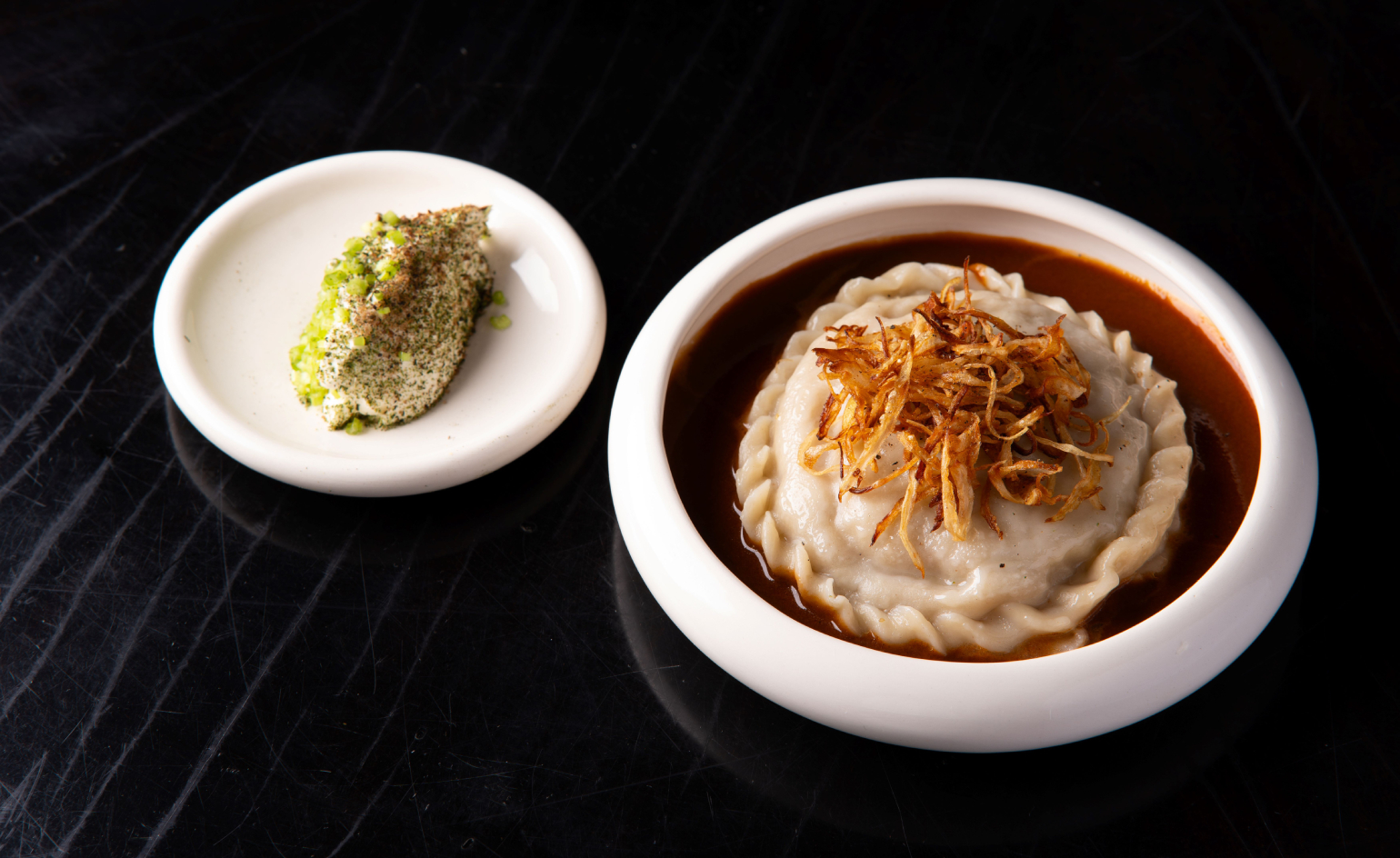 Tatar Bunar puts Ukrainian heritage front and centre
Tatar Bunar puts Ukrainian heritage front and centreFamily recipes and contemporary design merge at this new east London restaurant by Ukrainian restaurateurs Anna Andriienko and Alex Cooper
By Ben McCormack Published
-
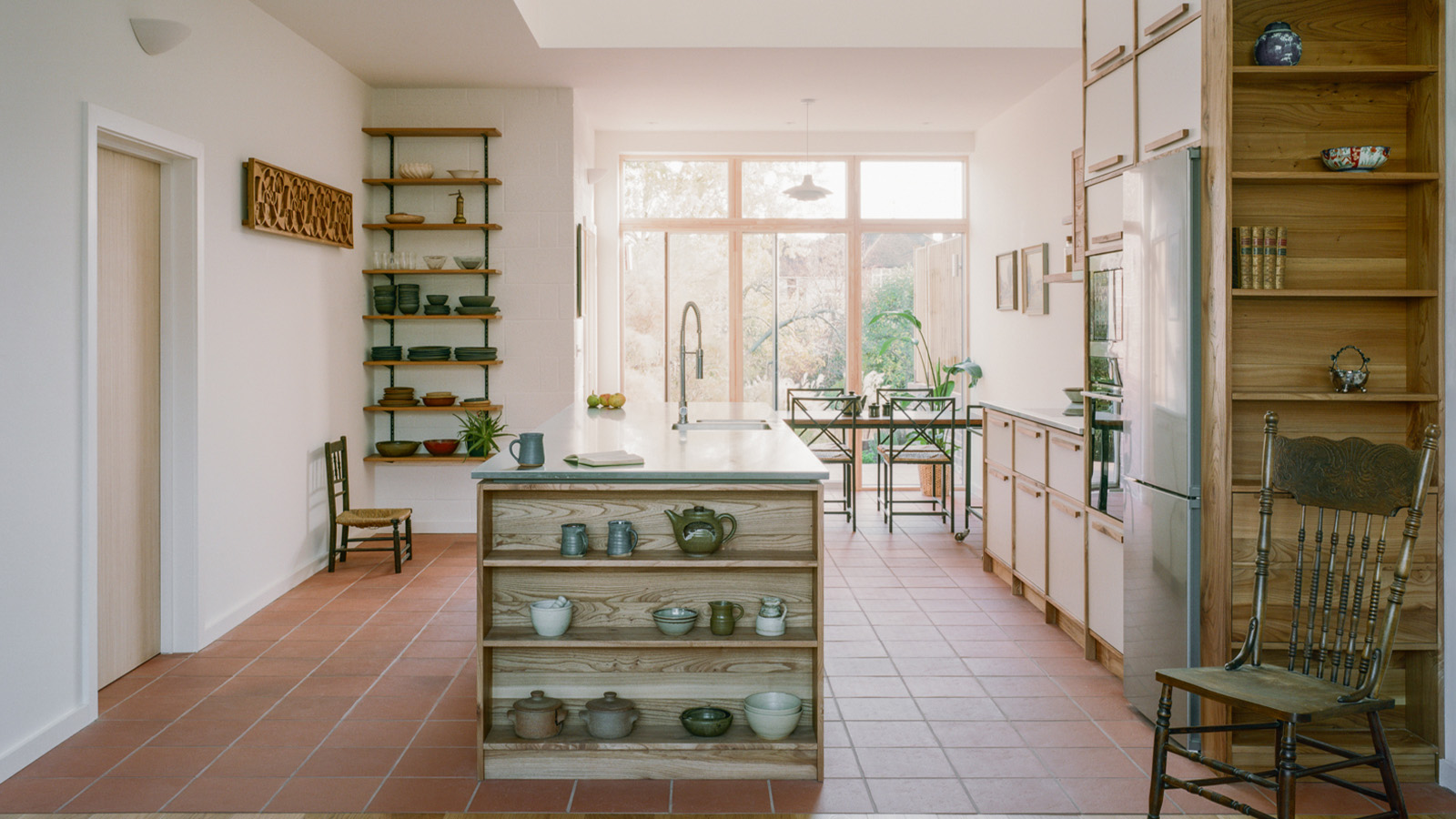 An octogenarian’s north London home is bold with utilitarian authenticity
An octogenarian’s north London home is bold with utilitarian authenticityWoodbury residence is a north London home by Of Architecture, inspired by 20th-century design and rooted in functionality
By Tianna Williams Published
-
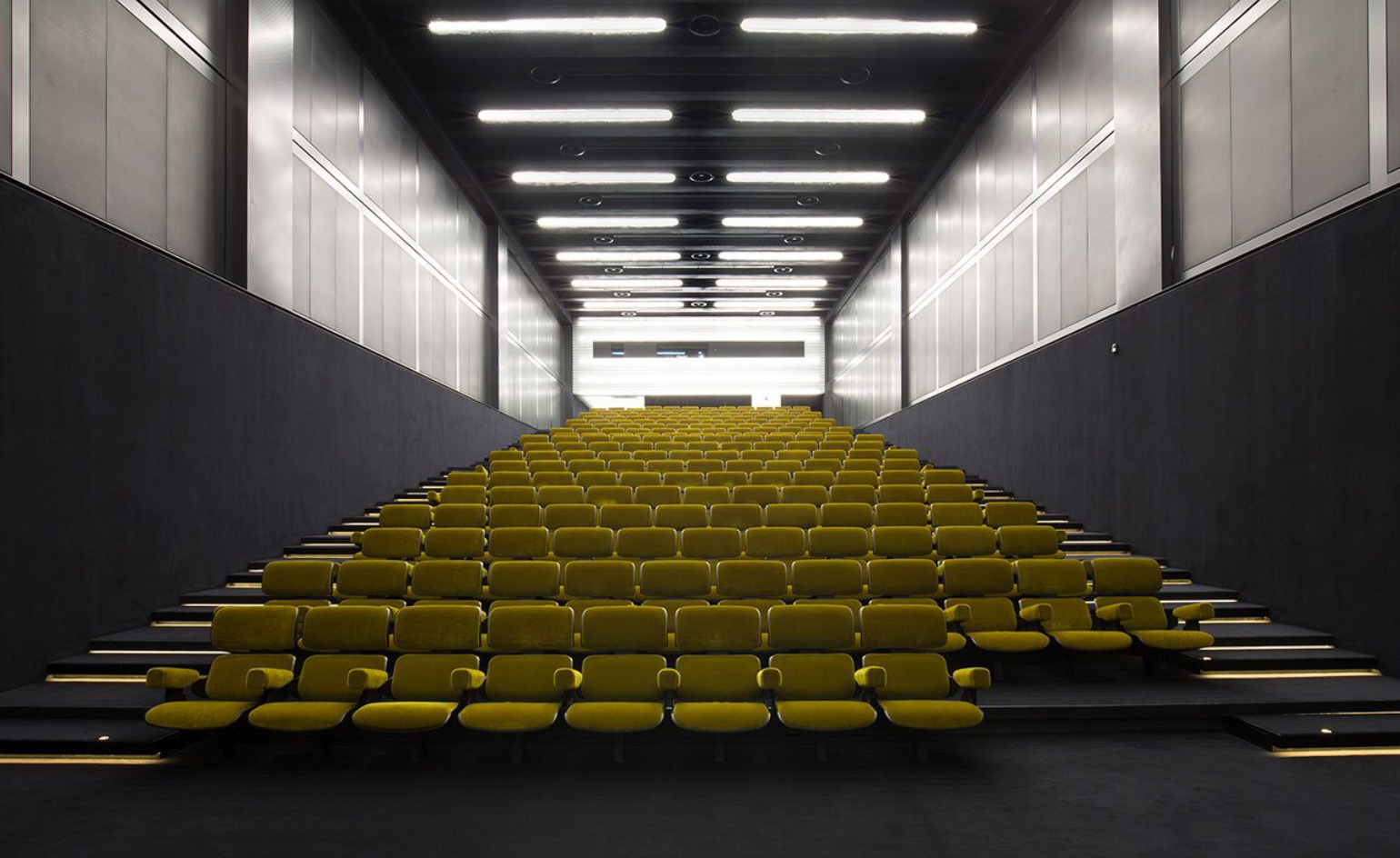 Must-visit cinemas with award-worthy design
Must-visit cinemas with award-worthy designThere’s more magic to the movies at these design-led cinemas, from Busan Cinema Centre’s ‘flying’ roof to The Gem Cinema Jaipur’s art deco allure
By Sofia de la Cruz Published
-
 ‘I explored Benidorm with an open mind’: the famous Spanish seaside town is captured in a new photo book
‘I explored Benidorm with an open mind’: the famous Spanish seaside town is captured in a new photo bookFrom neon lights to pink sunburns, photographer Rob Ball turns his lens on Benidorm to see what remains of a ‘pan-European holiday utopia’
By Tianna Williams Published
-
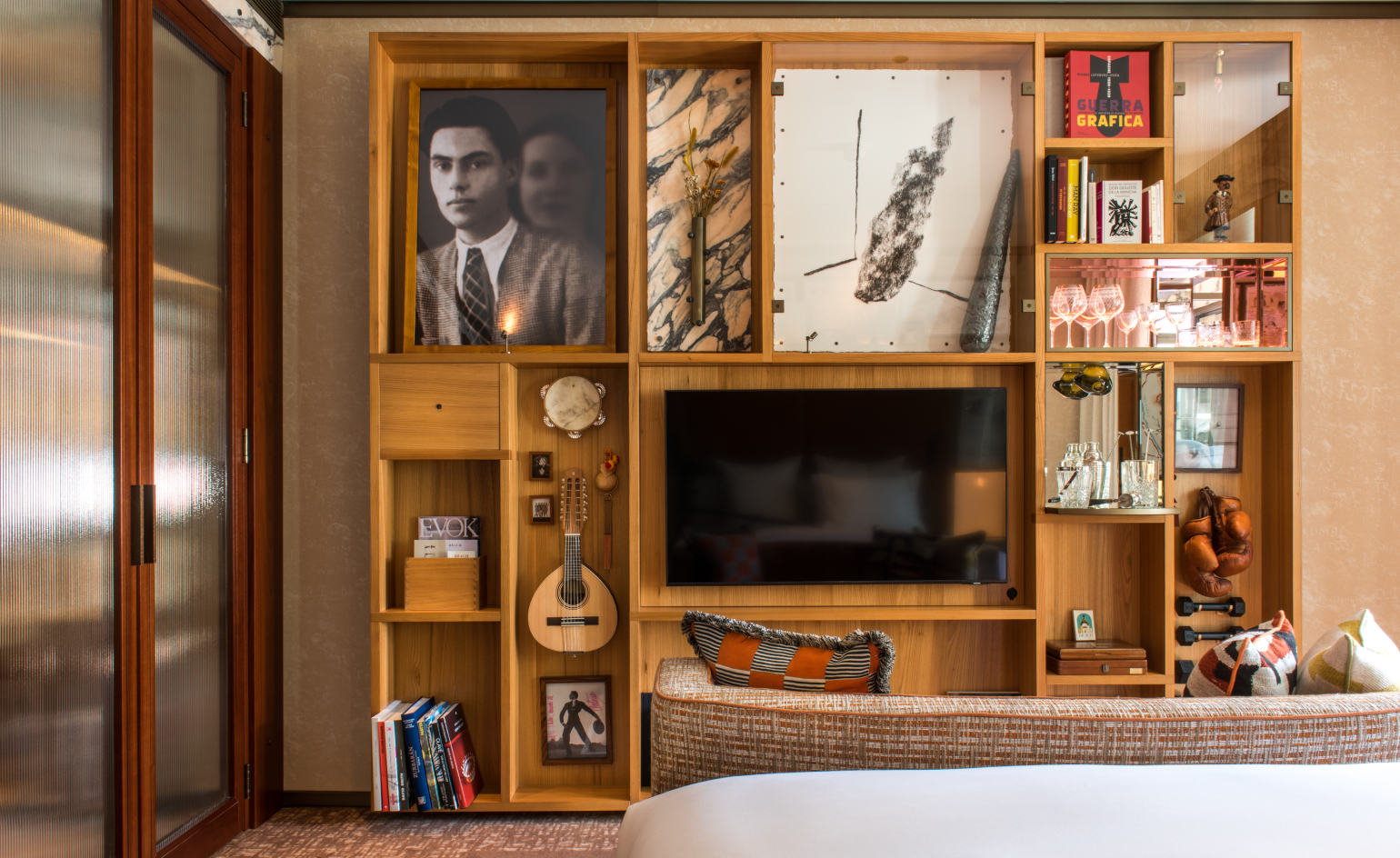 Wallpaper* checks in at Brach Madrid: a hotel of love and passion
Wallpaper* checks in at Brach Madrid: a hotel of love and passionBrach Madrid, part of Evok Collection, is a charming city-centre bolthole designed by Philippe Starck
By Sofia de la Cruz Published
-
 2025 getaways: where Wallpaper* editors will be travelling to this year
2025 getaways: where Wallpaper* editors will be travelling to this yearFrom the Japanese art islands of Naoshima and Teshima to the Malaysian tropical paradise of Langkawi, here’s where Wallpaper* editors plan to travel to in 2025
By Sofia de la Cruz Published
-
 The most whimsical hotel Christmas trees around the world
The most whimsical hotel Christmas trees around the worldWe round up the best hotel Christmas tree collaborations of the year, from an abstract take in Madrid to a heritage-rooted installation in Amsterdam
By Tianna Williams Published
-
 The world’s best new hotels that we’re loving without reservation
The world’s best new hotels that we’re loving without reservationExplore the best new openings in the world, from Orient Express’ La Dolce Vita train and first-ever hotel to Capella’s debut in Taipei
By Nicola Leigh Stewart Last updated
-
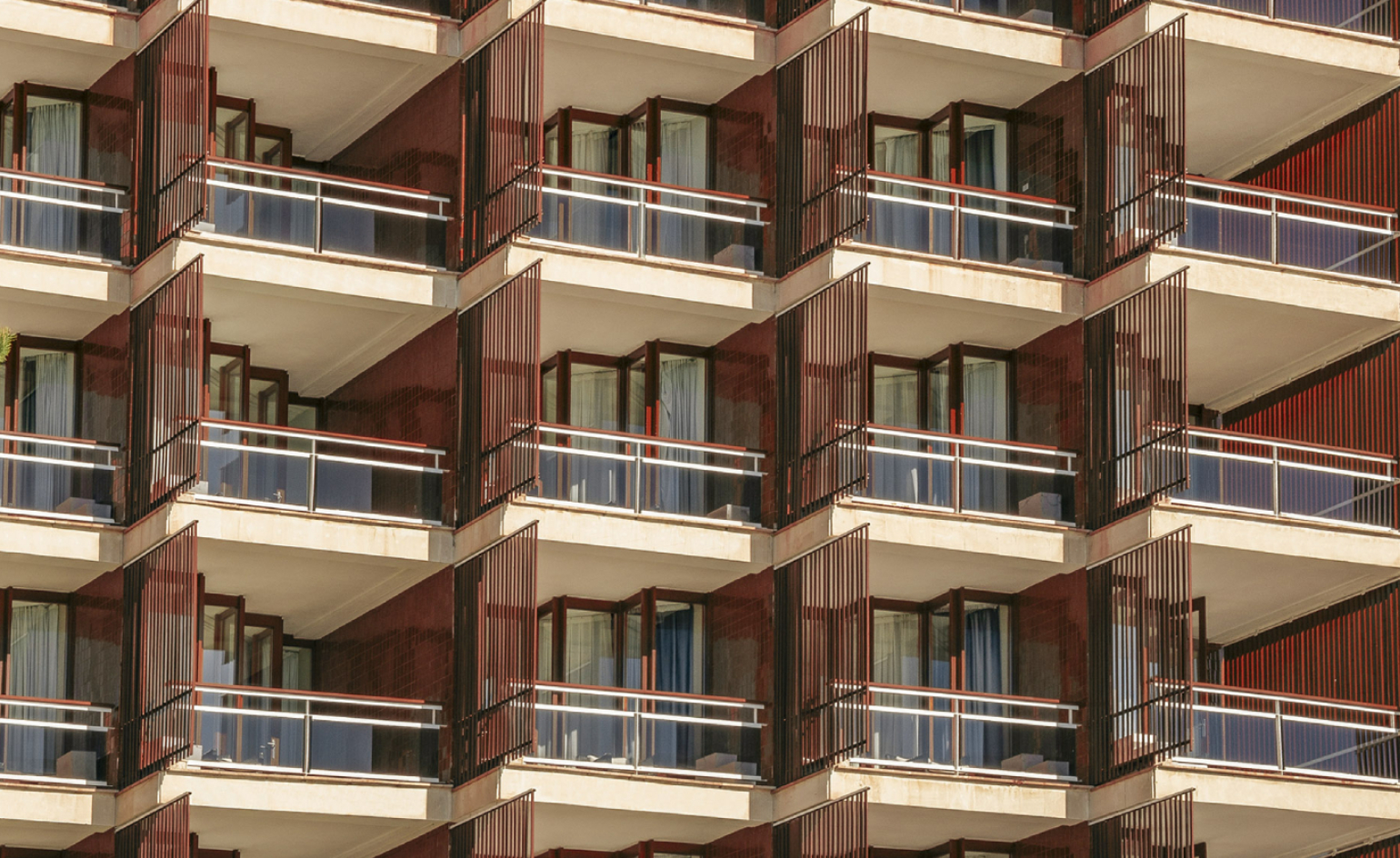 Mallorca’s ‘chocolate hotel’ celebrates six decades of Mediterranean panache
Mallorca’s ‘chocolate hotel’ celebrates six decades of Mediterranean panacheSixty years after it opened, Hotel de Mar remains a celebrated example of Mediterranean vernacular architecture
By Sofia de la Cruz Published
-
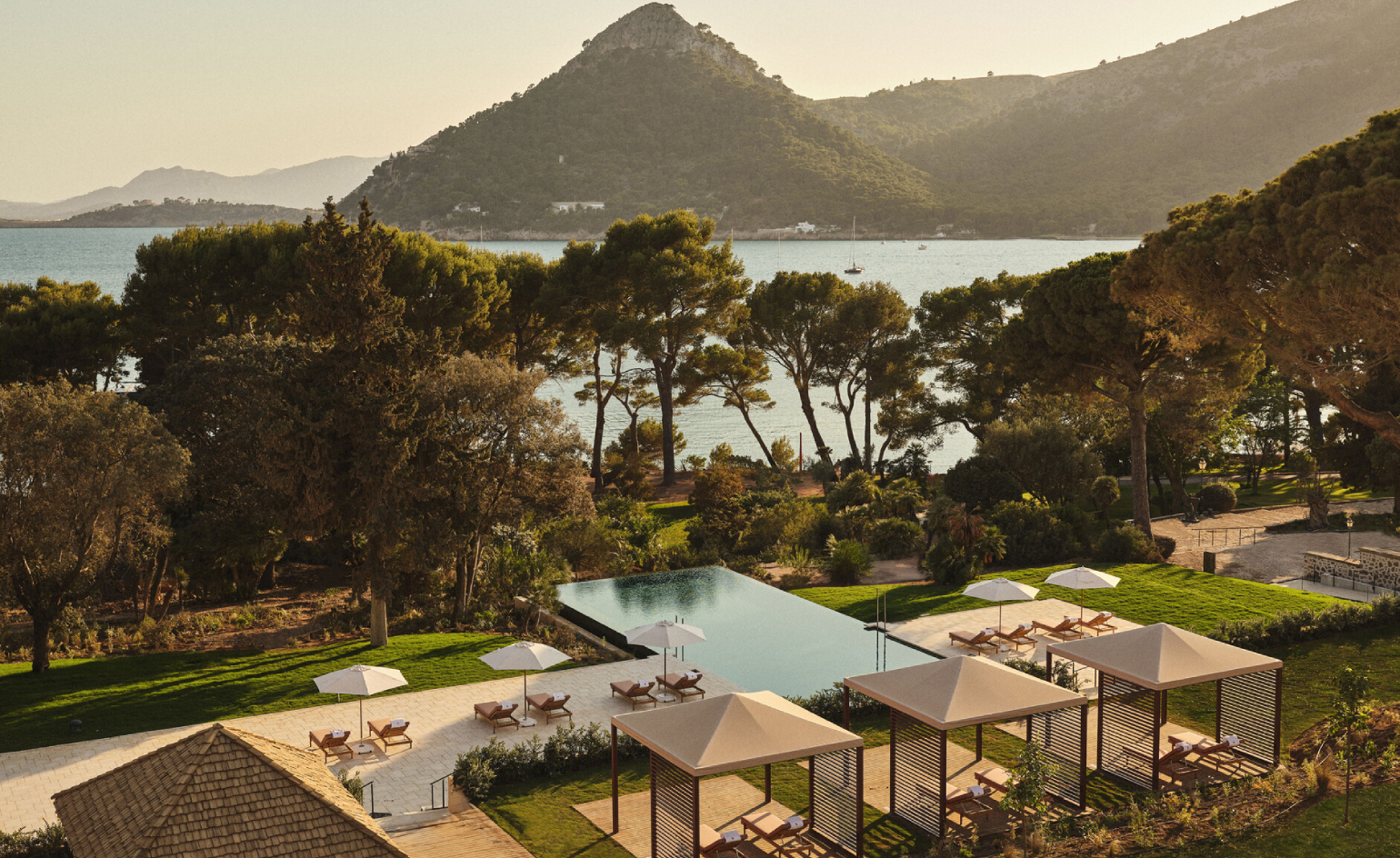 Easy and breezy: Four Seasons Resort Mallorca at Formentor is now open
Easy and breezy: Four Seasons Resort Mallorca at Formentor is now openWe found Balearic bliss at Four Seasons Resort Mallorca at Formentor, the place to live the Mediterranean dream and connect with nature
By Sofia de la Cruz Published